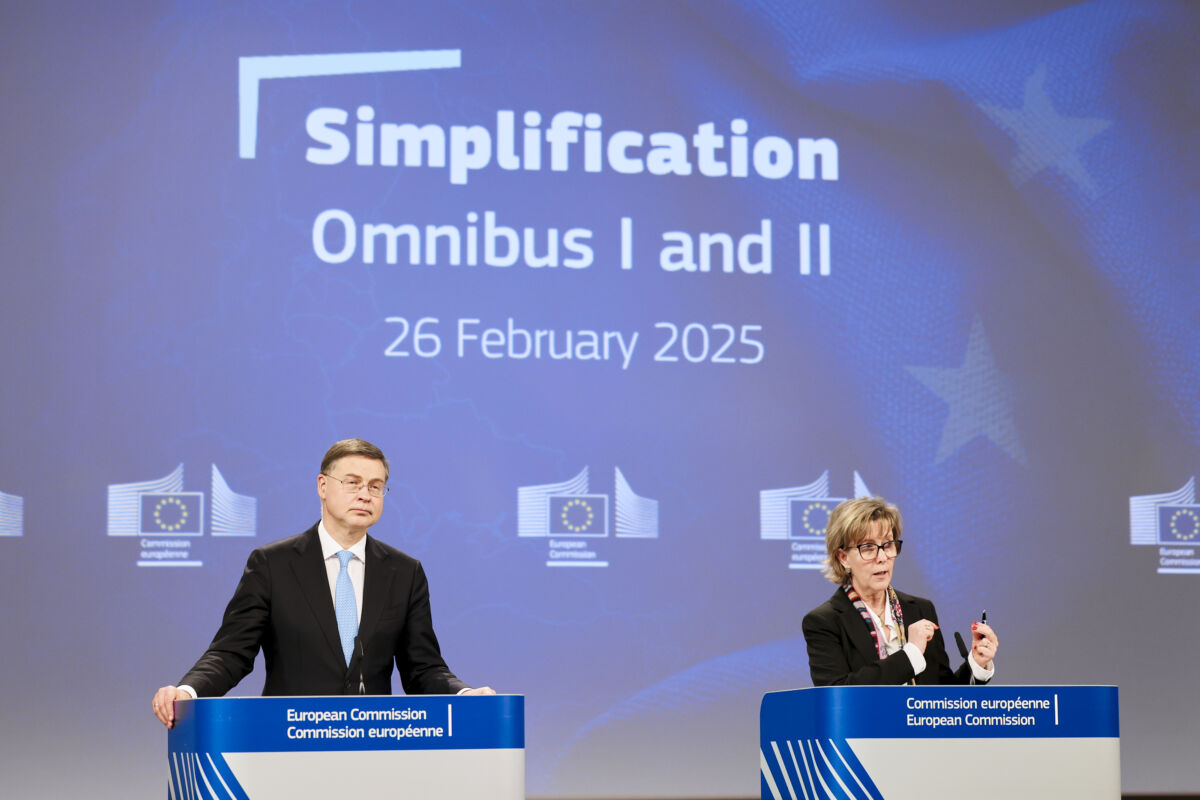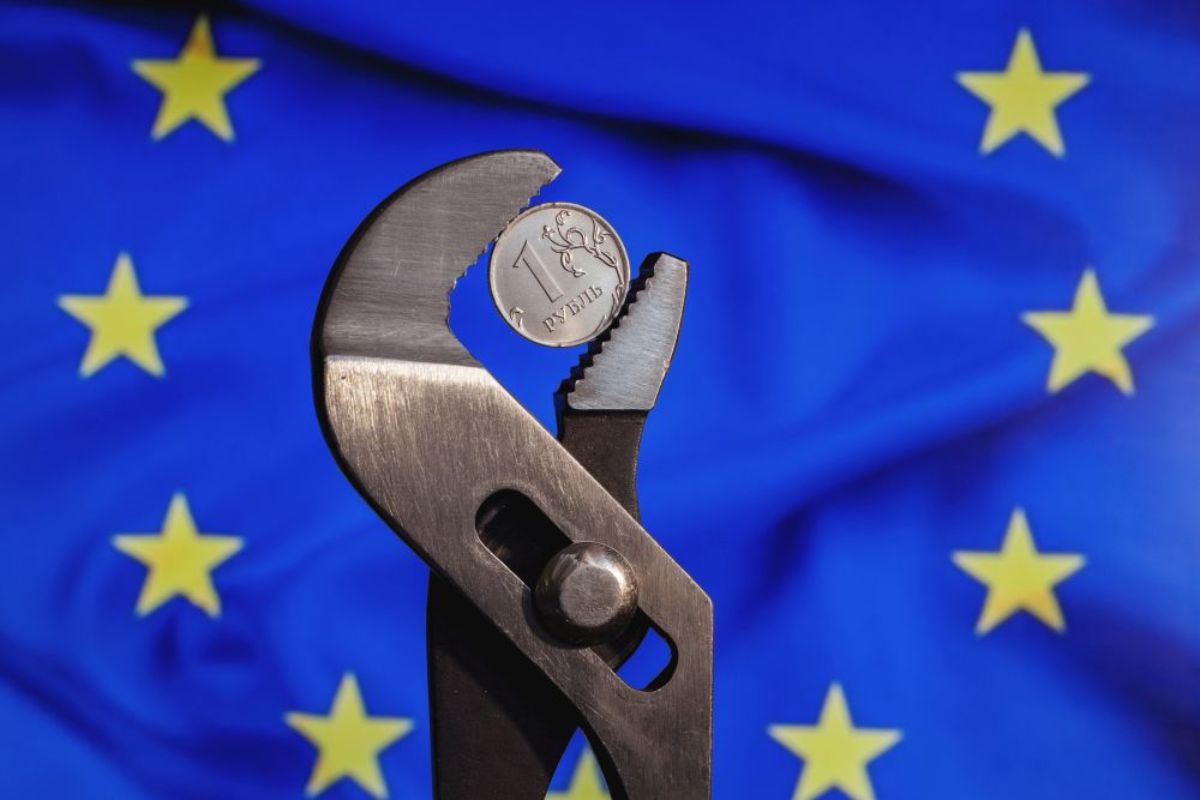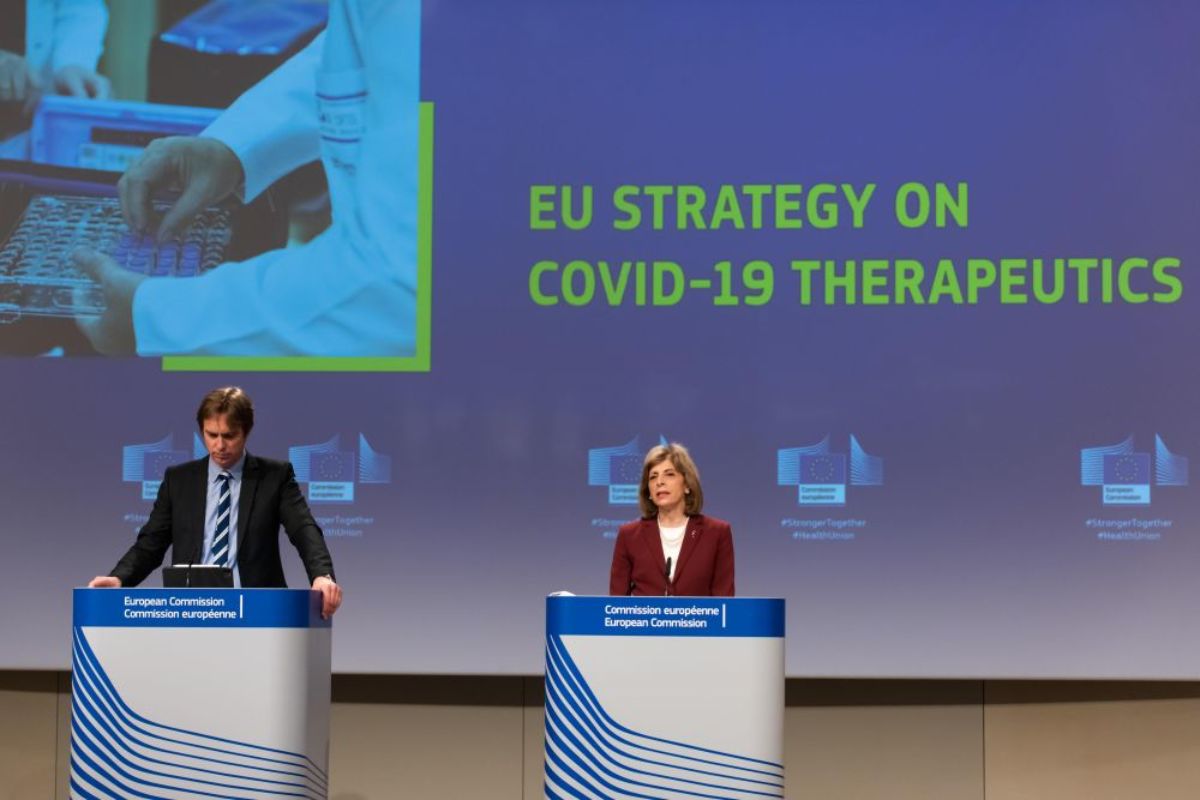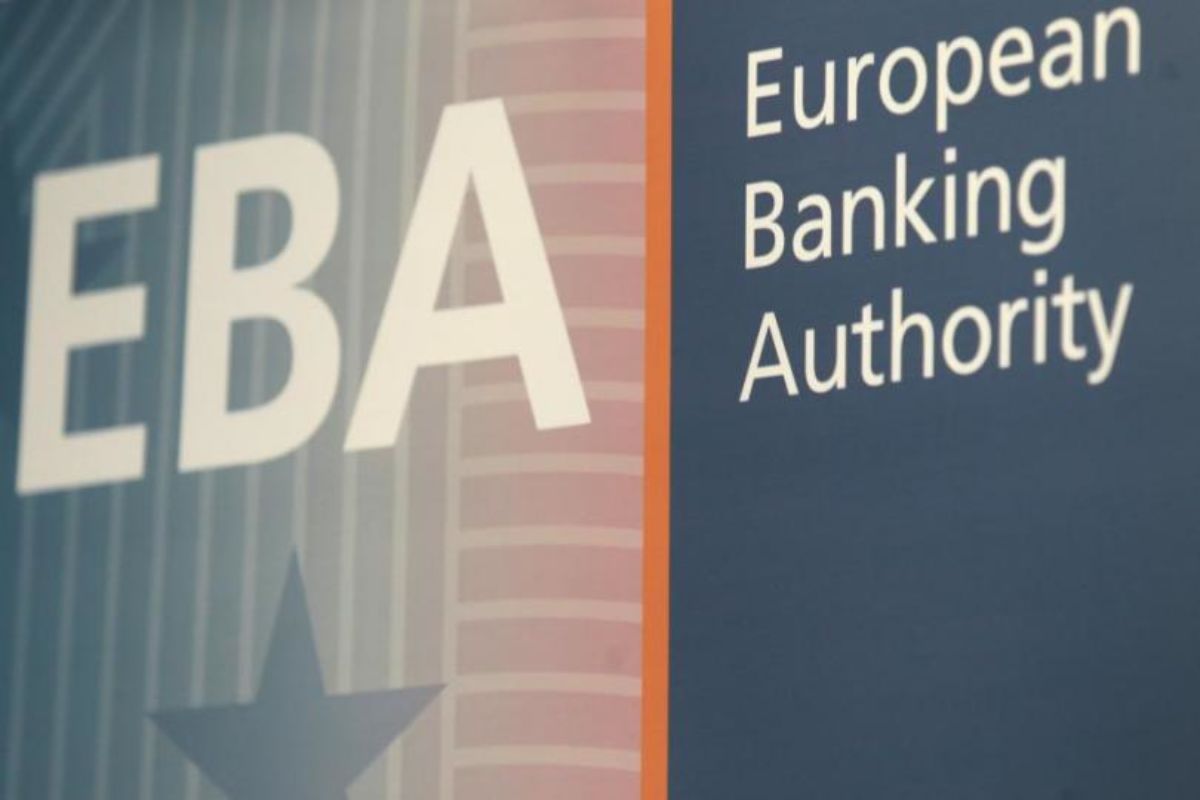European Capital Markets Institute, Commentary No. 59
Karel Lannoo is General Manager of ECMI. This article is based on discussions during the ECMI seminar “MiFID II, One year on”, held at CEPS on 23 January 2019. Comments by speakers and participants are gratefully acknowledged.
One year on, MiFID II is working and firms have adapted to the burdensome new set of rules. Markets have adapted to the new market structure rules, electronification has increased substantially in certain segments but market liquidity remains an issue. Licencing of data providers is in place, but a consolidated tape is still missing and a multitude of data formats makes the job undoable for the buy-side. The unbundling of research from execution continues to lead to rumblings among banks and asset managers, but is irreversible. The impact on SME research seems to be overdone. But the big question remains what Brexit will mean, if and when it happens.
MiFID II was a huge and costly implementation challenge for banks and markets in the EU. It took a long gestation time with many additional technical standards delivered late in the process leading to an extra one-year delay for final implementation, but it seems to be working. MiFID II in total comprises some 800 pages of text and some 37 different pieces of secondary legislation.
On the market side, the big change is the role of systematic internalisers (SIs), replacing broker crossing networks and other off-exchange trades, thereby creating a more adapted off-exchange trade service. According to data presented at the ECMI seminar by David Howson of CBOE, SIs represented 13% of the trades in 2018, compared to just 1.4% in 2017. Other segments of the market remained broadly stable, with 44% for the lit market, and 11% for closing auctions. On-book dark books declined somewhat, to 3%. Overall, the structure seems to be adapted to the differing demands of clients, who want to trade with as little market impact as possible. Not all orders are suited for execution on lit markets.
On the product side, MiFID II has contributed to a large increase in electronification of the non-equity markets, such as ETFs, government bonds, certain corporate bonds and interest rate swaps. This has contributed to increased price discovery, trading efficiency and regulatory oversight. Moreover, the transparency rules did not create the somewhat feared market disruption. More clients have started to trade electronically. The problem that still remains is the very limited application of MiFID II rules to corporate bonds, which are also offered to retail investors in many member states. There are currently only 470 liquid bonds, according to ESMA, including government and other public bonds, covered and corporate bonds.[1] Hence very few corporate bonds are included, which is a weakness of MiFID II.
On the data side, the level of transparency and the availability has increased, although it is still seen to be below expectations. MiFID II has facilitated availability by making market data free of charge after 15 minutes. Accuracy also improved of SI and over-the-counter (OTC) trade reporting/data throughout 2018. Data quality can be expected to continue to improve. ESMA has published data on completeness indicators of trading venues and instruments.[2] Since several MiFID II review clauses concern availability and quality of data, this is work in progress. On the licencing regime of data providers, which is new at EU level, no problems are reported, but a consolidated tape does not yet exist. The high cost of market data from national exchanges remains a key barrier, and it can be expected that regulators will start considering radical moves to create a consolidated tape in the European equities market.
The unbundling of research of execution is the issue that remains most controversial in MiFID II, although it is gaining traction internationally, as the US is also reported to be looking into it. 80% of asset management companies are said to have internalised the research costs. The impact of the new rules on analysts’ coverage of smaller firms seems to be overdone as an issue. It is said, as was reported in the media, that analysts’ coverage of smaller firms had already been declining for some time, and the overall sums mentioned at the seminar by Bernard Agulhon of Amundi were very low: for French firms, the overall budget for research declined from €38m in 2016 to €34m in 2018.
Although very detailed, and predating capital markets union, it seems that MiFID II is an important step towards a more integrated capital market. Improved transparency towards non-equity instruments and more electronification should further increase market efficiency and integration, although the share of corporate bonds subject to transparency requirements is very low. As we discussed before, the further complexity of the rules seems so far to have contributed to transparency. Capital markets are composed of many different instruments, which need specific rules. To be followed up.
ECMI Commentaries offer views and insights into developments affecting capital markets in Europe. They are produced by specialists associated with the European Capital Markets Institute, which is managed and staffed by CEPS. Unless otherwise indicated, the views expressed are attributable only to the authors and not to any institution with which they are associated, and nor do they necessarily represent the views of the ECMI.





































